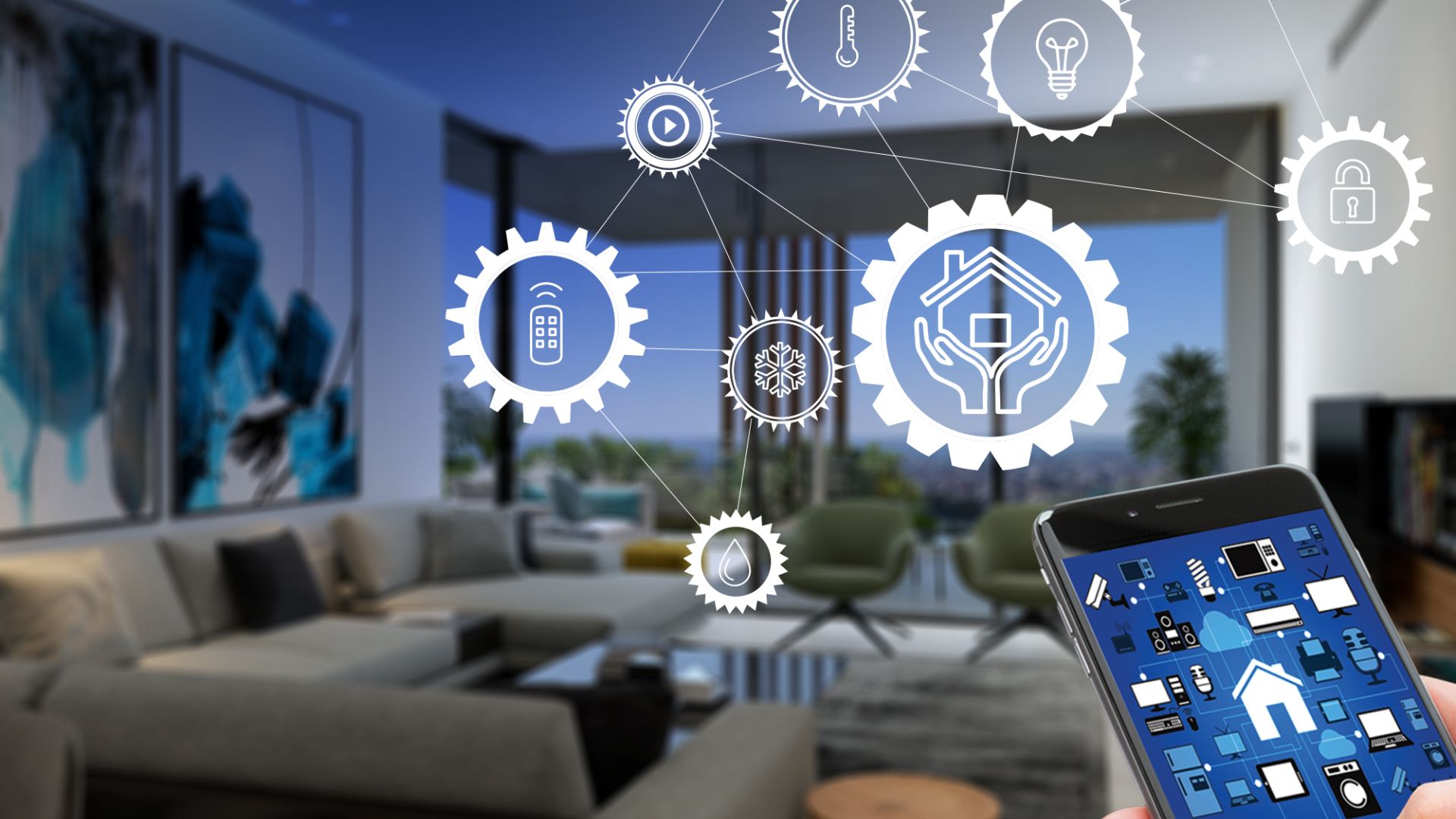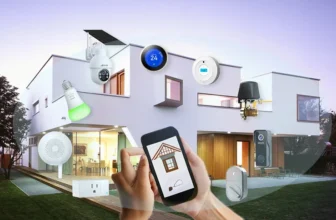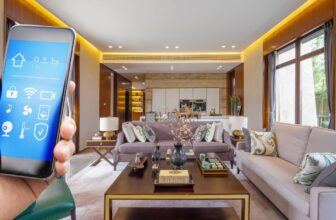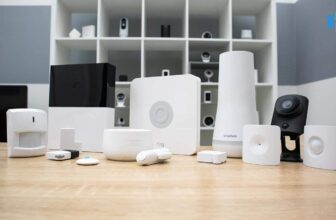
Smart home technology is not just about convenience—it plays a significant role in reducing energy consumption and lowering utility costs. This blog focuses on how various smart home devices help you live more sustainably while saving money.
Smart thermostats adjust heating and cooling based on your routine and occupancy, reducing energy use when no one is home. The Nest Learning Thermostat claims to save users 10-12% on heating and 15% on cooling.
Smart lighting systems automatically turn off when no one is in the room and can be scheduled to dim at certain hours. LED smart bulbs use less electricity than traditional bulbs and last significantly longer.
Smart plugs and power strips allow you to cut off electricity to devices not in use, eliminating phantom power drain. They also let you monitor energy usage for each connected device.
Smart appliances like refrigerators, washing machines, and dishwashers often include eco-modes that optimize cycles for lower energy use. Many can schedule operations during off-peak hours to save even more.
Smart blinds and thermostats work together to reduce reliance on HVAC systems by managing sunlight and insulation efficiently.
Energy monitoring systems, such as Sense or Emporia, provide real-time feedback on your electricity usage, helping you identify areas for improvement.
This blog will guide readers on choosing the most energy-efficient smart home devices and offer tips on maximizing savings through automation and behavioral changes.






